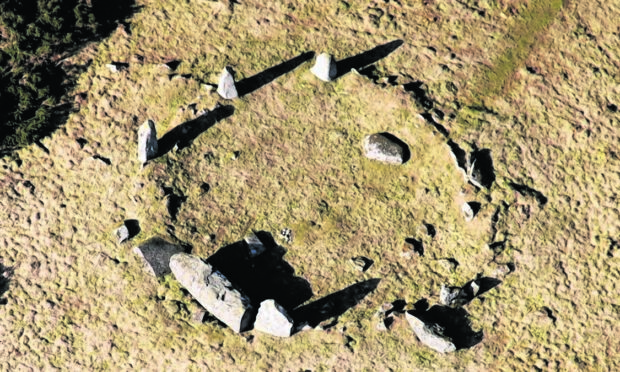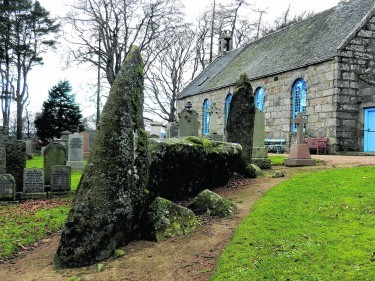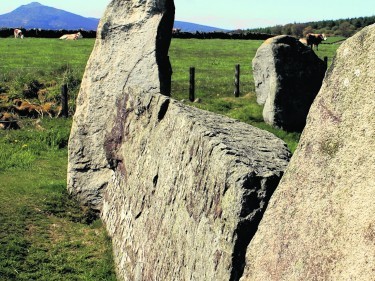Blow away the winter cobwebs with a bracing walk that also lets you discover the incredible archaeology and heritage of Aberdeenshire
Aberdeenshire is brimming with archaeological and historical sites to visit, covering 10,000 years of history and ranging from prehistoric settlements and ubiquitous mediaeval castles for which the area is famed, through to the remains of World War II defences.
The region is also home to some slightly more unusual archaeology – mysterious Neolithic carved stone balls, a concentration of Pictish symbol stones, vitrified hill forts, and, perhaps most notably, Aberdeenshire boasts recumbent stone circles.
While Stonehenge is the best-known – and most-visited – stone circle in the world, it may be surprising to learn that Aberdeenshire is home to around 10% of all stone circles recorded in Britain and Ireland, and that the recumbent stone circles are found almost exclusively in the region.
The distinguishing feature of a recumbent stone circle, and the origin of its name, is a massive stone, laid horizontally on its side in the south-western or southern arc of the circle, flanked by the two tallest standing stones.
These recumbent stones have an average weight of 24 tonnes, and were positioned carefully to ensure that their upper surface was as level as possible.
Built during the third and second millennia BC (the early bronze age, c.2500BC-1800BC), more than 70 examples of recumbent stone circles survive in Aberdeenshire. Their purpose continues to be the subject of much debate, although it is now generally accepted that the precise setting of the stones is linked to the cycles of the moon.
Whatever their function, the significant labour required to build such monuments must surely illustrate their importance to the prehistoric communities who created them.
There are stone circles to visit all over Aberdeenshire. As a starting point, Aberdeenshire Council’s Archaeology Service has produced a guide, The Stone Circle Trail, to encourage residents and visitors alike to explore 10 of the best in the area.
A visit to a stone circle can be memorable experience. It can be a spiritual, contemplative, enlightening and humbling encounter, and the visitors can connect with their ancestors and marvel in disbelief at their skill and ingenuity in constructing such colossal monuments without the benefit of modern technology.
Aikey Brae, west of Mintlaw, has the most intact stone circle in north Aberdeenshire. Walking through the dark, creaking plantation that now envelops its northern side, you emerge into a bright and open landscape over which the stone circle of Aikey Brae stands watch. The recumbent stone is one of the largest in the region, weighing around 21.5 tonnes.
To the west of Inverurie, Easter Aquhorthies is thought to be one of the earlier recumbent stone circles in Aberdeenshire. There, the visitor is rewarded with magnificent views of Bennachie, which was no doubt an important landscape feature for the prehistoric community.
At Midmar Kirk, west of Westhill, the old and new combine as an 18th-century church and graveyard have been built around a recumbent stone circle, demonstrating the continued use of a recognised site of ritual and spiritual importance.
Many more stone circles stood in Aberdeenshire than can be seen today, with large numbers having been removed during the agricultural improvements of the 18th and 19th centuries.
That any still survive after 4,000 years is a wonder in itself. They stand as tangible links to our prehistoric ancestors. With so many to visit, why not get out there and explore them.
FACTBOX
The Stone Circle Trail is available from visitor information centres and libraries throughout Aberdeenshire, and can be downloaded from Aberdeenshire Council’s website: www.aberdeenshire.gov.uk/visit/tourist_trails.asp
Further information about recumbent stone circles in Aberdeenshire, and the rich diversity of archaeology in the region, can be found on the Archaeology Service’s website: www.aberdeenshire.gov.uk/archaeology


